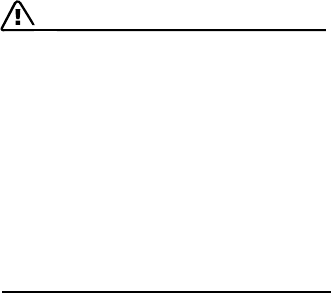
262 Practical Tips, Emergency Service
Battery care
f Ensure that battery is securely mounted.
f Keep terminals and connections clean and
properly tightened.
Corrosion can be prevented by coating the ter-
minals and connections with petroleum jelly or
silicone spray.
f Ensure that vent caps are securely tightened to
prevent spillage.
Checking the electrolyte fluid level
The acid level should be checked more frequently
by a qualified specialist workshop during the sum-
mer months and in predominantly warm countries.
Battery charging
Automotive batteries loose their efficiency when
not in use.
The charge available in your battery can be meas-
ured with a battery hydrometer.
We recommend that the battery voltage be tested
by your authorized Porsche dealer who has the ap-
propriate equipment.
If the car is not driven for prolonged periods, the
battery must be charged at least every 6 weeks.
A discharged battery allows rapid formation of sul-
fates, leading to premature deterioration of the
plates.
Warning!
Hydrogen gas generated by the battery
could cause an explosion, resulting in
serious personal injury or death.
f Charge battery in a well ventilated area.
f Never charge a frozen battery. It may explode
because of gas trapped in the ice. Allow a fro-
zen battery to thaw out first.
f If you get electrolyte, which is an acid, in your
eyes or on your skin, immediately rinse with
cold water for several minutes and call a doc-
tor.
Slow battery charging
Your authorized Porsche dealer will be pleased to
advise you about a suitable charger.
1. Always observe the instructions of the charger
manufacturer.
Depending on the type of charger, the battery
may have to be disconnected.
In this case, always disconnect the negative
lead first, and then the positive lead – risk of
short circuit!
Reconnect the leads in reverse order.
2. Before charging, cold batteries must be
warmed up indoors.
3. Frozen batteries must be thawed out first
before being charged.
4. When charging, ensure that there is adequate
ventilation.
5. Connect the charger to the battery.
Only plug into the mains and switch the
charger on when it is connected up correctly.
6. Switch on the charger.
7. After charging, switch off the charger first and
then disconnect it.
f Please see the chapter “PUTTING VEHICLE
INTO OPERATION” on Page 263.


















